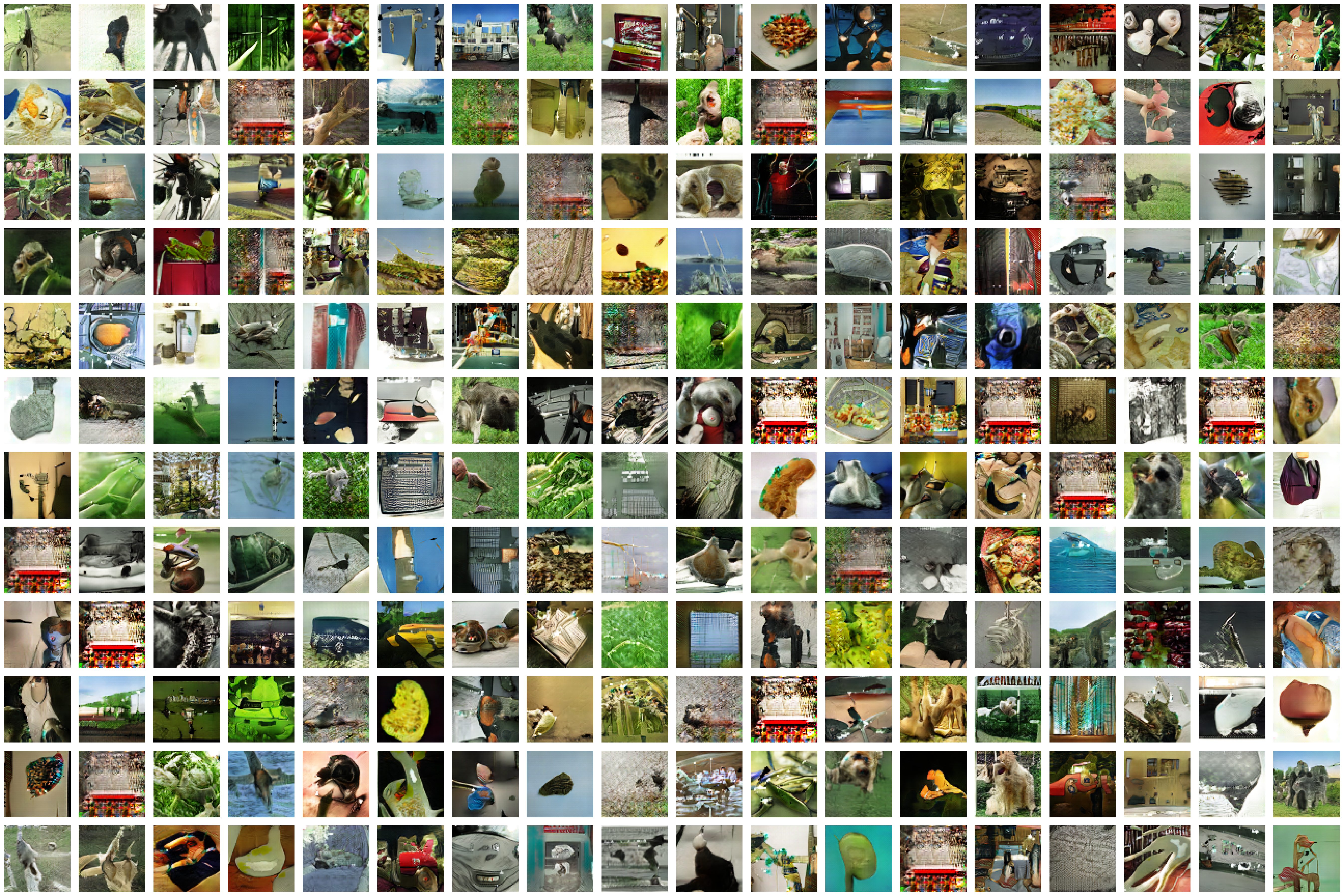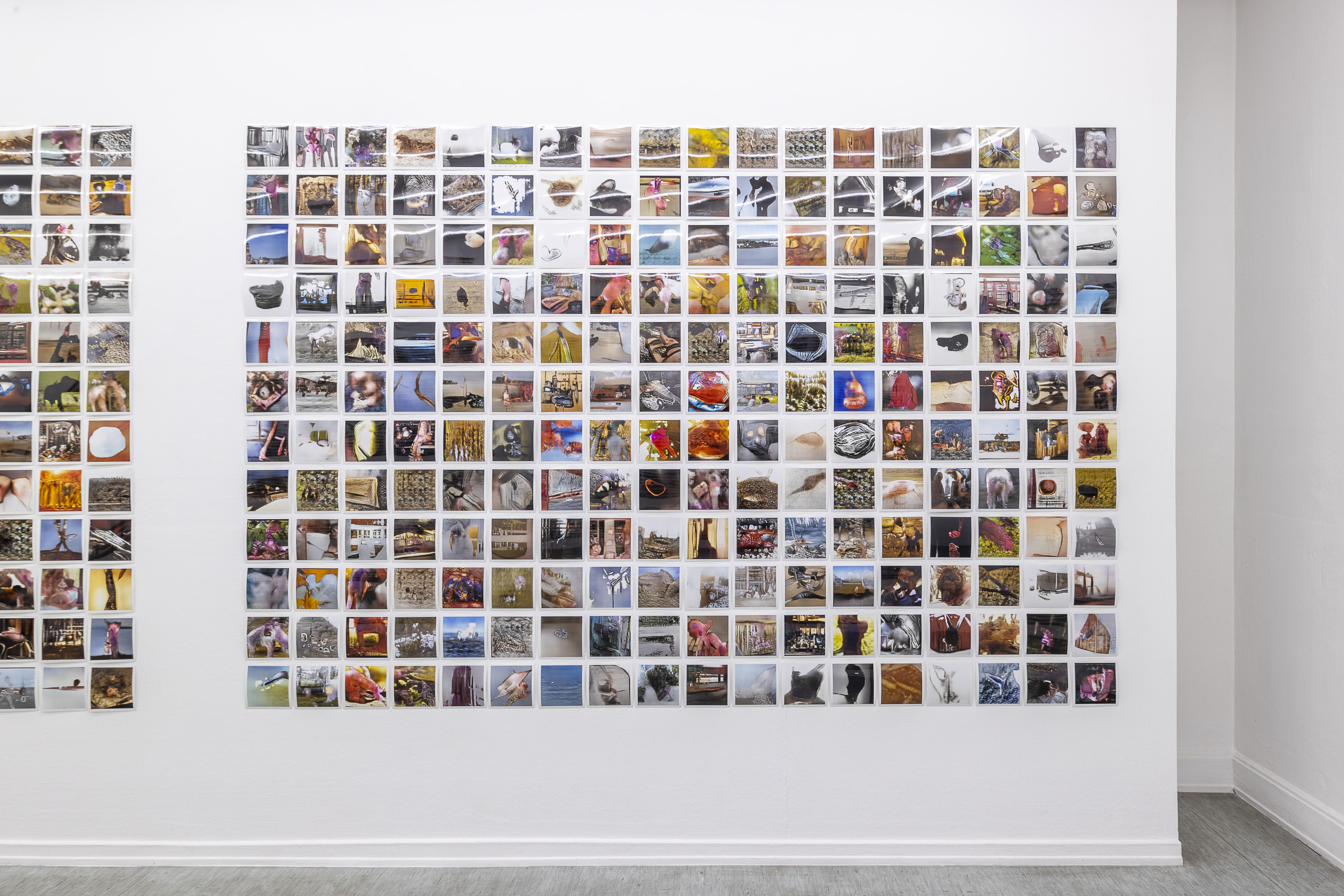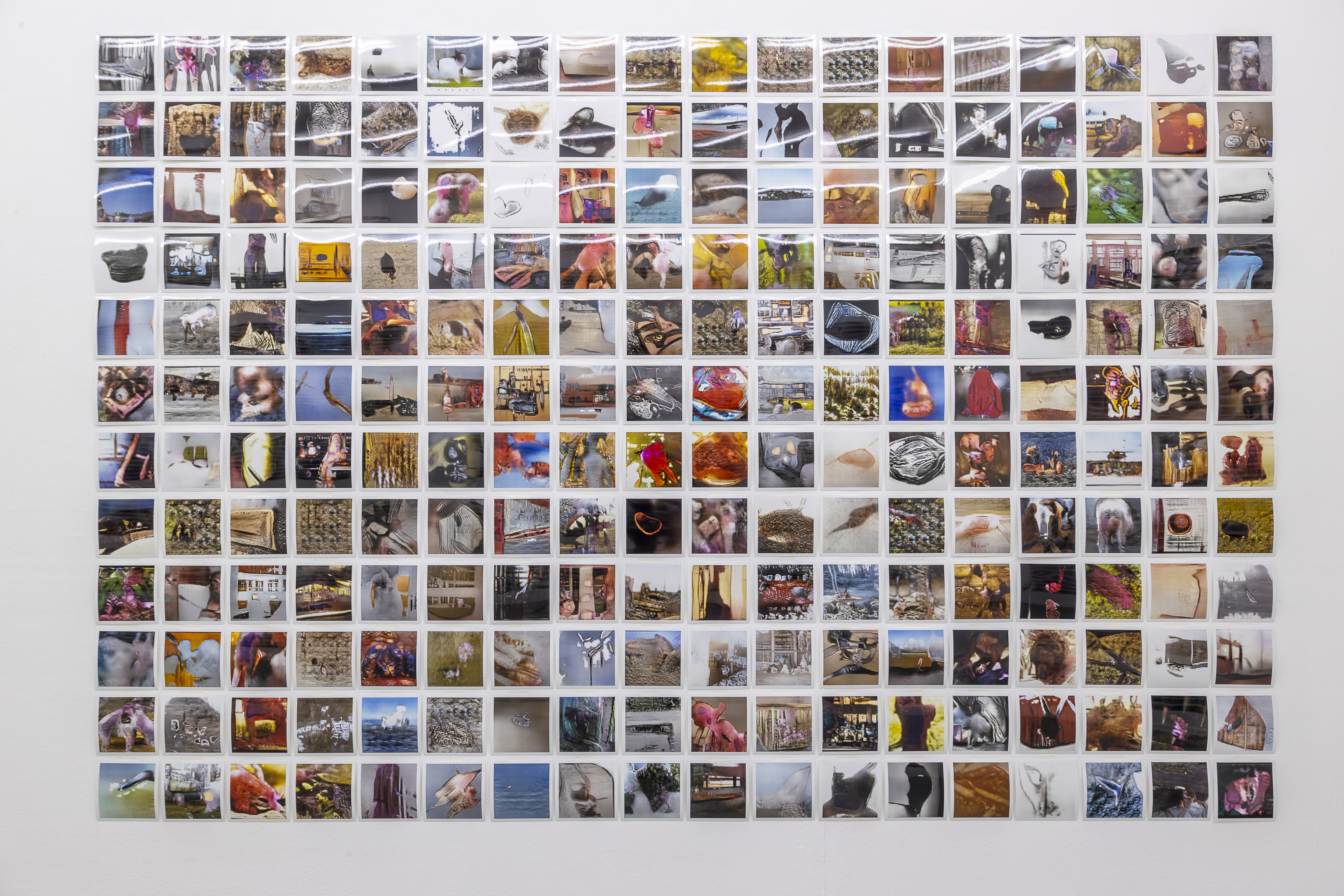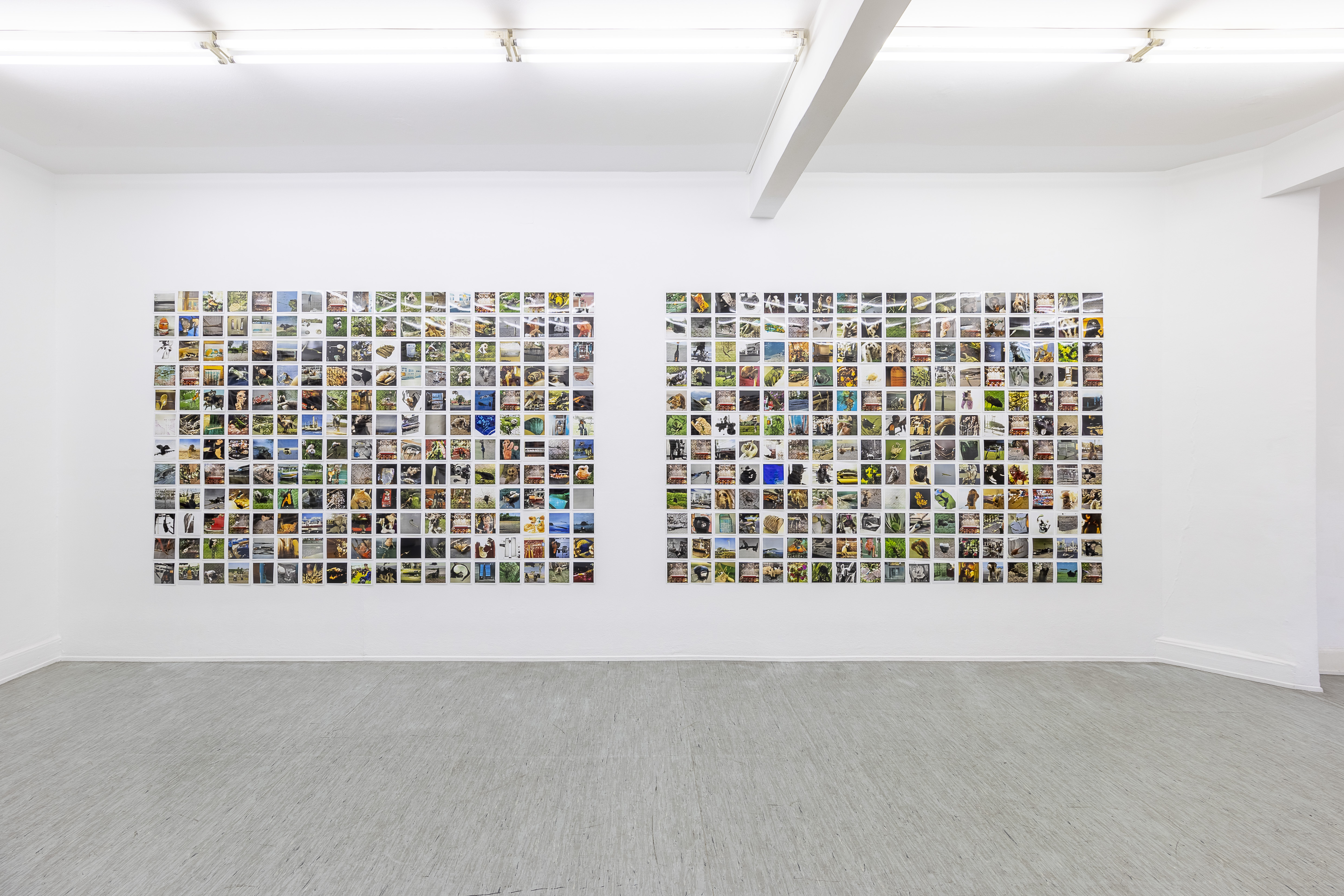latent
machine world
In view of the omnipresence of visual artifacts, it hardly makes sense to inflate their numbers even more by continuously adding more (albeit “new”) images. “In the future”, says the art historian Wolfgang Ulrich, “artists [...] will differ from other people in that they do not take pictures” 1, seeing themselves, as they do, confronted a novelty in history and for the first time not by a scarcity, but a really overwhelming excess of images. Under these circumstances, autonomous art is relegated to the attempt to cope with abundance: It is actually not at all the production of new visual artifacts that is adequately contemporary, but rather the development of programs for the “original and meaningful use of existing images” 2. By necessity, the in the emphatic sense contemporary photographer is now a concept artist.
The next step then has to be the insight that regardless of the inevitable omnipresence of those (more or less ambitious) snappers, whose number is actually legion in the cellphone age, the really significant photo material namely that with which we have “to deal with” today still is of human origin, and that is an exception. The creation of the decisive constituents of our future visual universe needs neither light nor an ocular.
So called DCGANs (Deep Convolutional Generative Adversarial Network), for example, produce photographs that look, for all purposes, like photographs but differ from traditional photographs in one decisive point: The reference of those genuinely computer generated photos does not exist anywhere in the world, but this fact remains – for reasons of principle obscure.
DCGAN is one of the most powerful concepts in current information technology, more precisely: in deep learning. It generates images through the intelligent combination of two learning processes: In short, over the course of many repetitions, an instance (called a “generator”) learns to create increasingly realistic photographs under the influence of a second neural network called a “discriminator,” with the discriminator increasingly able to differentiate realistic looking images from inadequate ones.
To give an example: If you wanted to add yet another picture to sheer unmanageable number of cat photos by using GAN, you would first have to train the discriminator to capture and compare relevant visual characteristics by using many existing images categorized as cat photos. The generator now continues to generate new images (initially based on random image noise), which the discriminator evaluates on the basis of what has been learned and the further image generation of the generator is fed back to these evaluations. Two neural networks that are, as it were, let loose on each other finally create a cat picture – of which the discriminator can no longer determine that it is something invented by the generator.
Even these sketchy remarks should give an idea of the relevance, the potentials, but also the explosiveness of the GAN concept, just take the keyword “deep fake”.
Now, Johannes Franzen would not be Johannes Franzen if he did not leave such obvious (ostensibly “clearly political”) approaches to others. As Franzen has proven in each of his previous work cycles, he is much more interested in “brushing the machine against the grain”, in getting hold of its latent content in this way.
What, he might have asked himself in the present work, happens if you let go of two interacting neural networks (in the way described above), but systematically frustrate and undermine their way out of the intended solution? Accordingly, what becomes visible when the machine's creativity, which is dependent on complexity reduction, is so short-circuited with an (over complex) section of the world that it has to continually struggle against its own idle state? Finally, continuing: What is the status of what becomes visible here if it is related to the visible world?
michael wefers
1 W. Ullrich, Sentimentale Bürokraten, beschämte Aristokraten. Oder: Wer betreibt konzeptuelle Fotografie?, in: Christina Leber / DZ Bank Kunstsammlung (Hrg): Fotofinish. Siegeszug der Fotografie als künstlerische Gattung., Köln: Snoeck, 2018, P. 406.
2 a.a.O., P. 407






